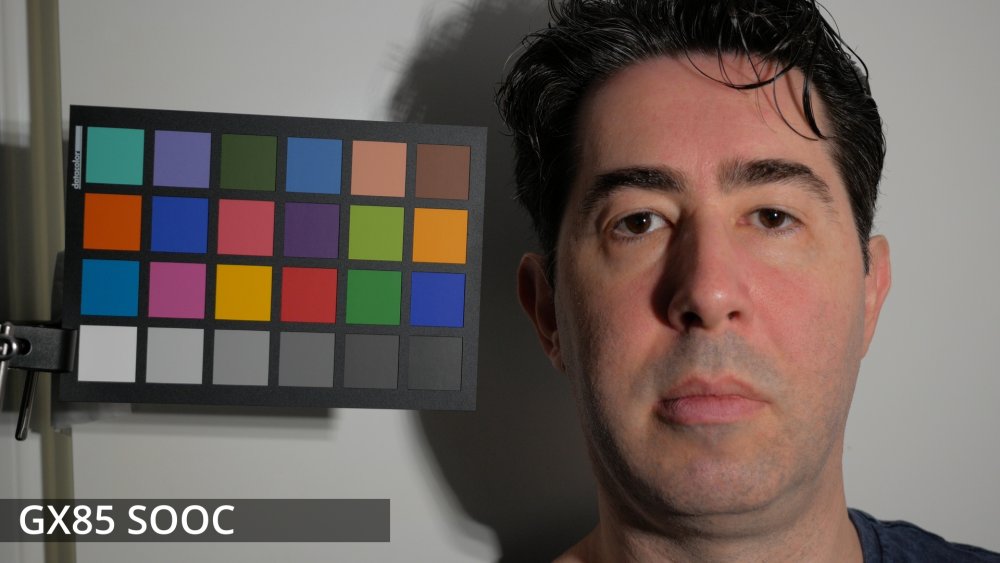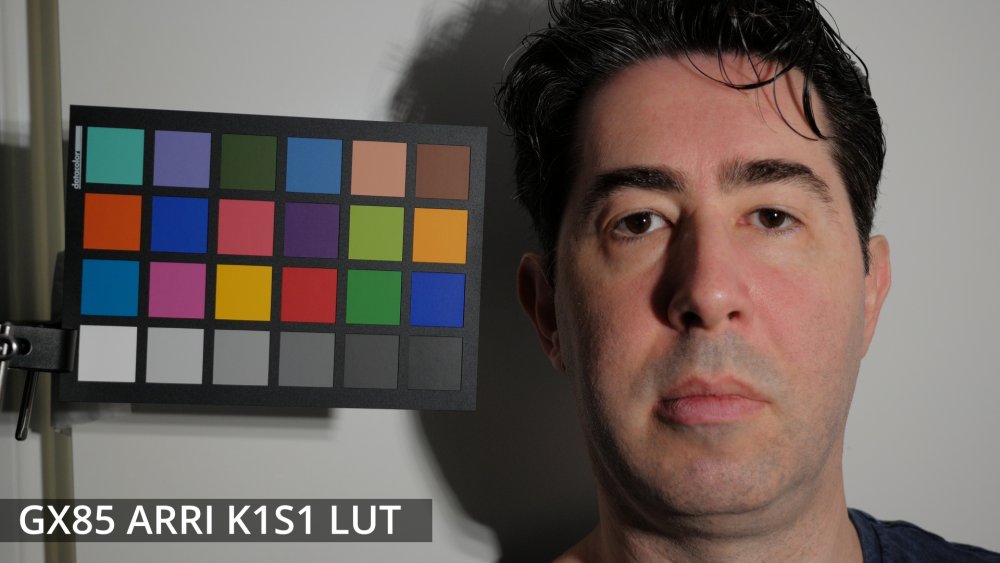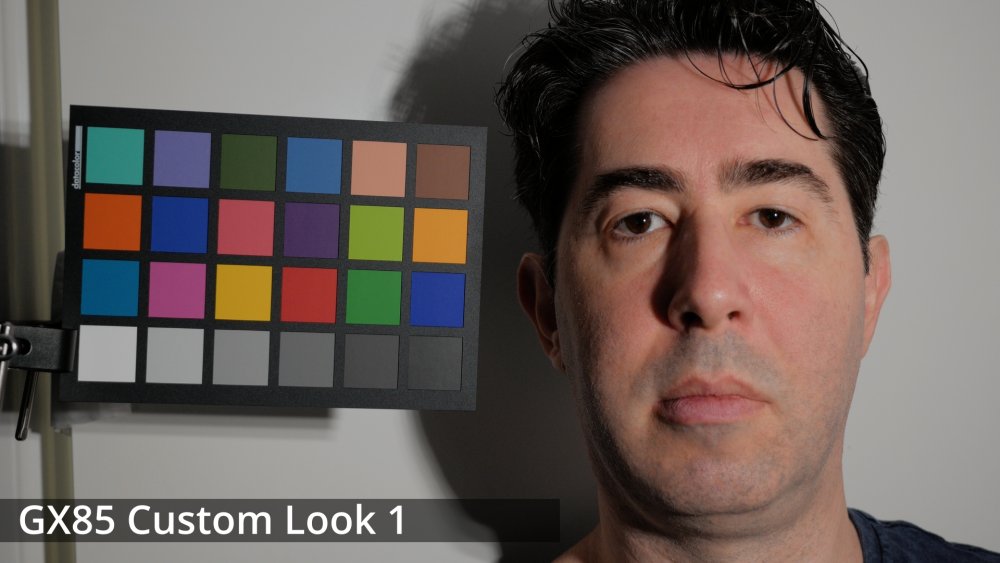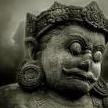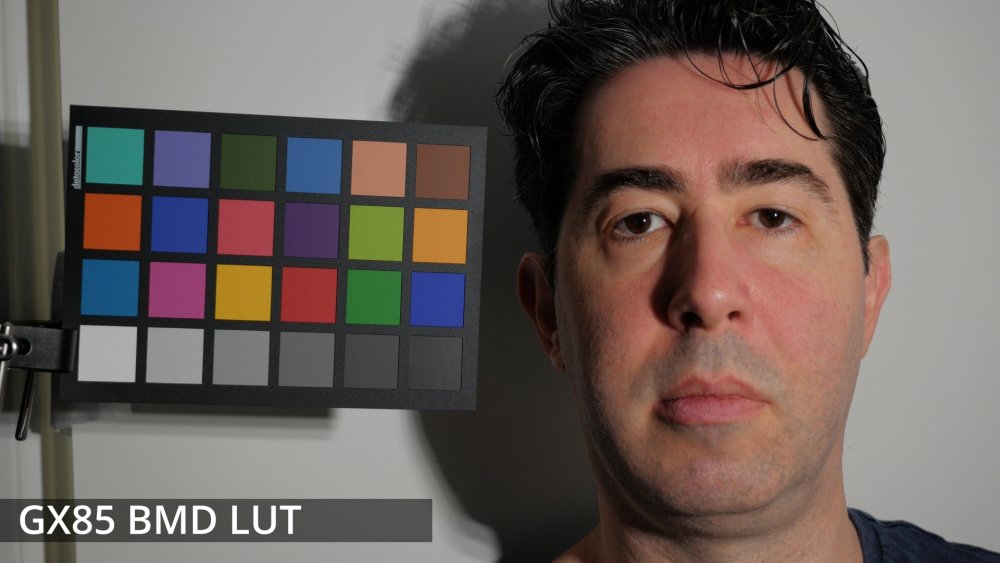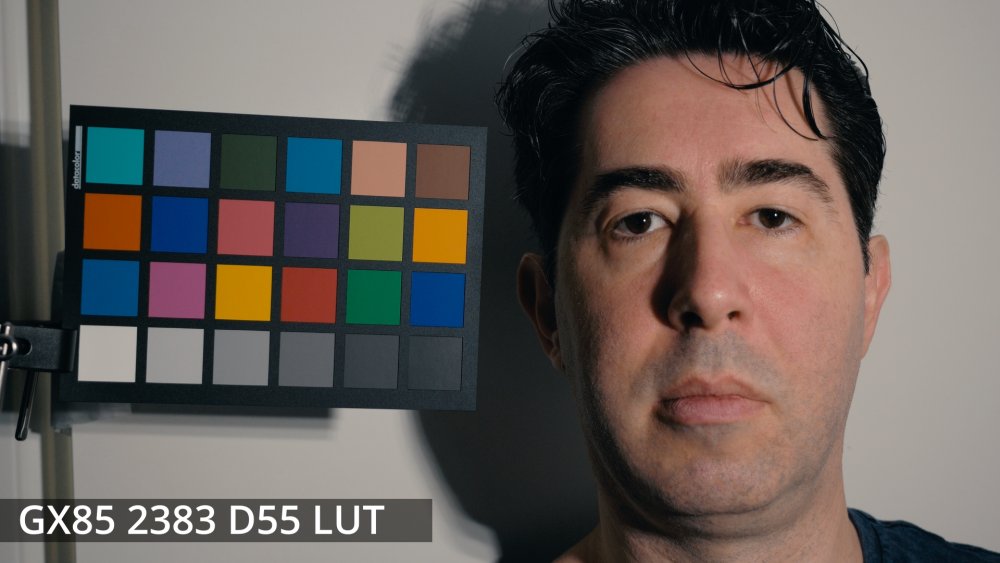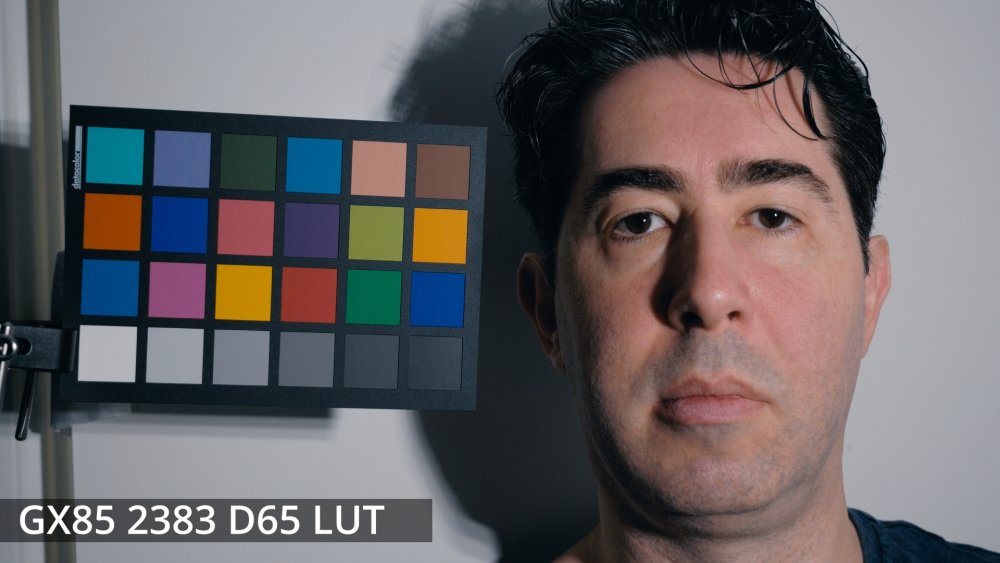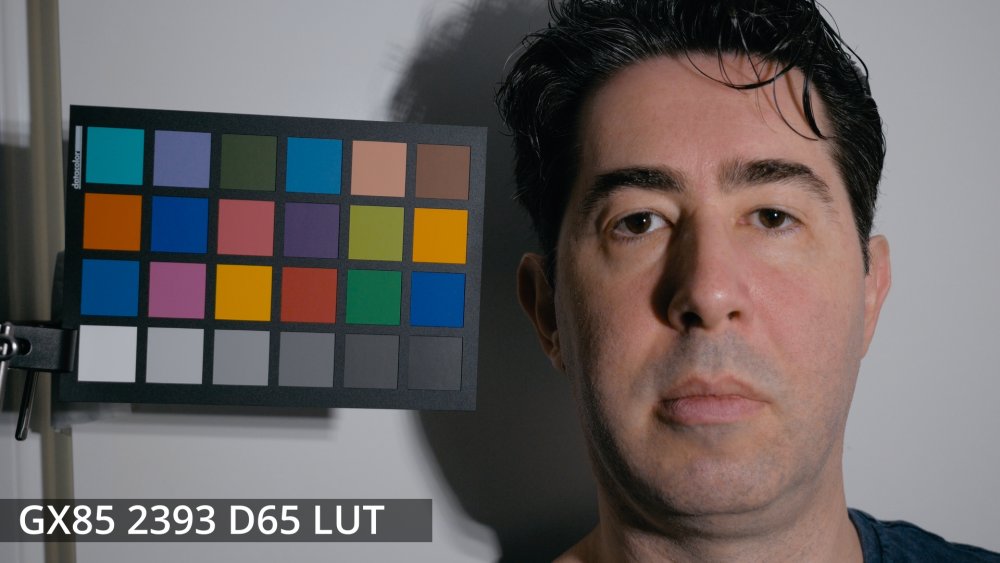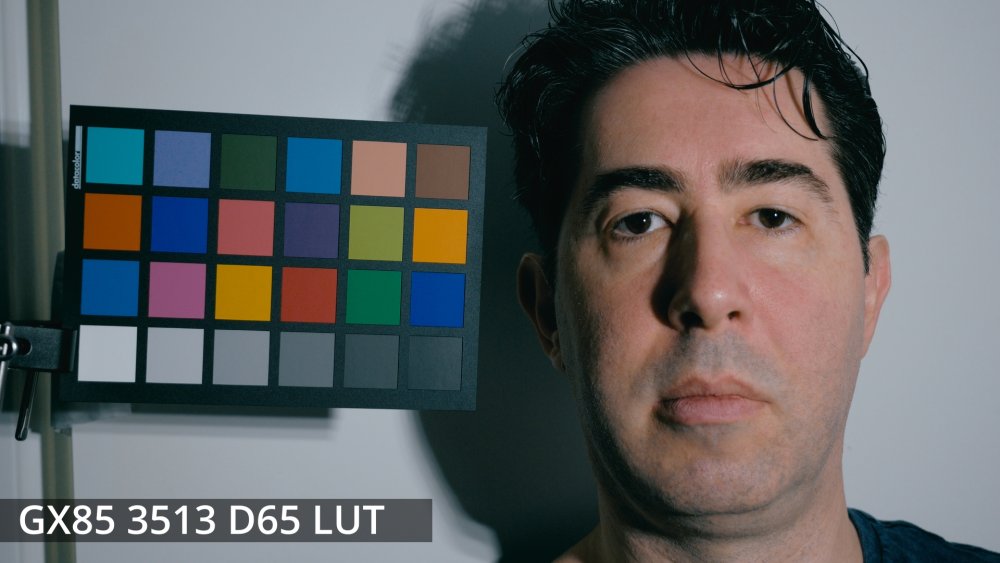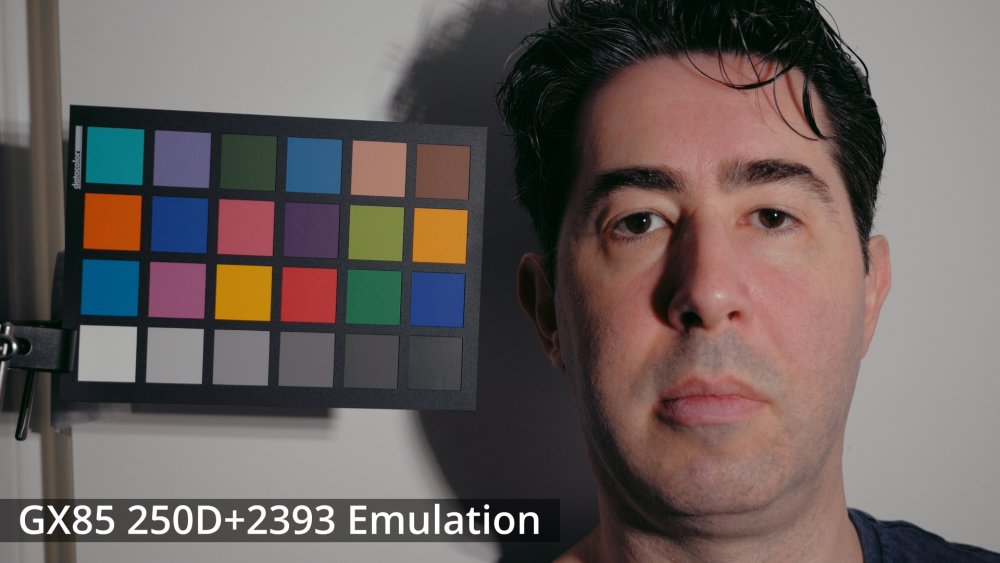All Activity
- Past hour
-
My big light is the Smallrig 450D. I love it. It's well-built and super bright when I need it. That said, most of the time the brightest lights I need are 300w.
-
With reflectors on it's definitely around 2-3 stops brighter than my Godox SL200.
-
I'll do a yt search. In theory 600w led would be at a stop or two higher than I have now, which might be ok.
-
 gethin reacted to a post in a topic:
Best bang for buck lighting
gethin reacted to a post in a topic:
Best bang for buck lighting
-
I just saw these on AliExpress. The specs sound like they're similar output to my 150s. Hard to tell though because some specs are given with reflector some without. Seem like good value hey
- Today
-
 gethin reacted to a post in a topic:
Best bang for buck lighting
gethin reacted to a post in a topic:
Best bang for buck lighting
-
I've seen quite a few 1200 and 2400 fixtures in use on various DP YT channels, but really only when the spaces that need to be lit are on the bigger side. And they're pretty big old units, needing heavier duty stands etc and in a lot of cases no longer having Bowens mounts. You're really getting into van territory so I'd expect these bigger LEDs to be much more of a hire item than something you'd carry around in your daily kit as an owner-op.
-
In my casual YT DOP channel viewing I rarely see anyone with anything larger than a 600W, even for blasting through windows to simulate daylight. I guess a lot of people have access to cameras that have good ISO performance above base and also shoot with fast lenses too, and aren't trying to light Hollywood-sized sets, so maybe 600W is enough? Mostly the discussion seems to be about placement and modifiers, not the overall power levels. But, this is just what I've seen, maybe the algorithm is hiding things from me 🙂
-
 Ty Harper reacted to a post in a topic:
OPEN AI VIDEO TECH ONE YEAR LATER...
Ty Harper reacted to a post in a topic:
OPEN AI VIDEO TECH ONE YEAR LATER...
-
That all makes sense, and like most things, it might be a while before all the tech is handled correctly so it just works and you don't need to troubleshoot the process at each stage. I think that 180 VR video is likely to be a winning format. In 360 video people don't really know where to look, and some of the experiments I've seen with it were really hit and miss if there was a narrative arc that you were meant to be experiencing. Also, all these discussions were had when surround sound first came out and people didn't know what to do with it. People were genuinely talking about mixing live concerts in such a way that put the listener in the middle of the band on the stage, or floating above the band looking down on them like you were in a box seat, only it was a live outdoor concert and there was no seating, etc. Eventually people settled down and realised that for the most part people don't really want those things, but they do want a "if I had been there" sort of experience. So surround audio is mixed like you've got a great seat in the concert, and if there's picture too then the audio is mostly oriented around the point-of-view of that. So, if it's a choice between supplying 180 video and a stereo mix, or 360 video and full ambisonic mix, just to be able to look behind you at nothing of any significance whatsoever, I think many will opt for the first one! Having a wider spread seems sensible - if someone else hasn't done a bunch of tests then it would be relatively easy to do once you have the equipment.
-
I recently bought one of these (the daylight version) and am soon to get the bi-colour. I don't have the tools to test the metrics, but they're extremely bright and reasonably quiet. https://www.ebay.co.uk/itm/385671087101?itmmeta=01HWMW3M2R3J7XYR6MXF4WNV52&hash=item59cbc9c3fd:g:GeQAAOSw4f5kgv5S&itmprp=enc%3AAQAJAAAAwFc8zK2w7uAzhpc1h248S6jNA5Gw%2FYnu0N1Oh9zktYieBDQ0XN3Y2S1YLVVfrVCJwMOe%2FWIN8QX%2F1Y6qh%2BuG964LZb8IkftuUcmkq%2Bxo6n1YRp%2BuqoPgcv84%2BMzIWIWVd3SNpq4mnPPPWRlsiCOiPNsl84vGLEZ4S51kzT17vRYoFI5EpvbRtTDEWvTvpSYVdxv4DenaLzgf0W37yPC5B%2FiZ3bP6%2BKW2Dm6iDH7x2H7AFj9ubifexmkIp5%2B%2FQ8Cxxg%3D%3D|tkp%3ABk9SR7rBjpzlYw This is a UK link, but I think they're available in most markets.
-
 kye reacted to a post in a topic:
VR180 audio: stereo vs. binaural vs. ambisonic
kye reacted to a post in a topic:
VR180 audio: stereo vs. binaural vs. ambisonic
-
Take a look at Amaran and Smallrig
-
Never done any VR stuff, but a few thoughts/ideas: You could try a using stereo mic with a 120 degree (instead of the more usual 90 degree) angle between the capsules. That will give you a wider, more diffuse soundfield. Some stereo mics that use mid plus side capsules internally have a switchable 90/120 option (and/or an option to output the raw mid and side signals instead of L and R, enabling you to choose the virtual capsule angle in post using a mid-side to stereo conversion plugin). Stereo field manipulation/enhancement plug-ins might also be useful to widen the soundfield and create a more spacious effect e.g. I've used iZotope Ozone Imager (free), Nugen Stereoizer (in full and cut-down 'elements' versions), various Melda Production plugins to do this and/or create pseudo-stereo from mono sources.
-
gethin started following Best bang for buck lighting
-
Back in the day I did a few shoots with 5 and 10k hmi's that you could blast through a window and would compete with daylight. I don't really use lighting much anymore and I'm very out of the loop. I have a couple of cheap and cheerful godox 150w leds. Is there anything current that has higher output that is $1000 USD and below? I've seen a few diy things that look absurdly bright but no idea what the output actually is. They don't need to run for hours on end either.
-
 gt3rs reacted to a post in a topic:
VR180 audio: stereo vs. binaural vs. ambisonic
gt3rs reacted to a post in a topic:
VR180 audio: stereo vs. binaural vs. ambisonic
-
 gt3rs reacted to a post in a topic:
VR180 audio: stereo vs. binaural vs. ambisonic
gt3rs reacted to a post in a topic:
VR180 audio: stereo vs. binaural vs. ambisonic
-
I'm really a nob in this. But for VR 360 you are right, you need ambisonics, as your head may turn 180° the audio would come from the opposite side confusing you a lot, many VR players support some sort of ambisonics audio so they can move the audio following your head. From my limited research and understanding there are multiple standards so you may end up doing different edit+metadata for Youtube VR than for local players Meta Quest TV , Skybox etc.... Apple Vision Pro? Also I think Resolve 19 now support ambisonics but not sure if you can do all in there, for sure not metadata injection. Now for VR180° your head my turn max 45° as more than that half of your video will be black so it seems that you can get away with binaural or even stereo. I would prefer a stereo mic like the Sennheiser 440 or Rode Stereo Mic as they are not as tall as the H3 so I can use it on a gimbal.
-
 ac6000cw reacted to a post in a topic:
I've found this offer for editing and grading machine... good for handling 12k braw footage on Resolve?
ac6000cw reacted to a post in a topic:
I've found this offer for editing and grading machine... good for handling 12k braw footage on Resolve?
-
 ac6000cw reacted to a post in a topic:
BM URSA Cine EVF not proprietary
ac6000cw reacted to a post in a topic:
BM URSA Cine EVF not proprietary
-
By the time you add the size and weight of a converter box, you should probably just get the Z Cam EVF or the Portkeys OEYE and save money.
- Yesterday
-
 ac6000cw reacted to a post in a topic:
8-bit REC709 is more flexible in post than you think
ac6000cw reacted to a post in a topic:
8-bit REC709 is more flexible in post than you think
-
Just watching this video: After 2m55s the guy from BM is asked if the viewfinder could be used on other manufacturer's cameras and he says that there's nothing preventing that. If another camera could output Display Port information and power through USB-C it would work. So this is very interesting. So for this to work on another camera, there might need to be a little converter box that brings in power and converts the HDMI or SDI to Display Port. What I'm also curious about is if things like focus assist and frame guides are done in the viewfinder or in the camera.
-
 mercer reacted to a post in a topic:
8-bit REC709 is more flexible in post than you think
mercer reacted to a post in a topic:
8-bit REC709 is more flexible in post than you think
-
After posting the previous post I went back and compared the looks a few times and realised I was a bit harsh on the ARRI LUT, considering that it was very flattering on my battered skin tone but basically didn't screw up the strong colours too much, whereas the film look is much stronger without being that much more flattering. Inspired by the ARRI LUT, I created this custom grade from scratch. SOOC (for reference): New Custom Look: ARRI LUT (for reference): I'm actually really happy with that look - I went a bit further in evening out the skin tones and brightening them up a bit and it didn't seem to come at the expense of anything else. I think I could easily build a look around this, and will experiment further.
- Last week
-
https://www.fxguide.com/fxfeatured/actually-using-sora/ Cool to see some transparency. Pretty interesting read. Having worked on video demos in the the tech space, I am not at all surprised. Absolutely mind blowing tech, but stuff like "300:1 ratio" for editing and "10-20 min for 480p" was not mentioned in the demo notes. $$$$$$. 🙂
-
Speaking of devil... «The primary area where we found a notable difference between the 3D V-Cache processors was in thermals and power draw, where the X3D CPUs used around 30% less power and remained around 5-10 degrees Celsius cooler on our test benches.» source «(...) 7950x can actually support 192GB of RAM at the moment, with the possibility of supporting 256GB RAM soon (BIOS updates are already out)» source So, any doubts on the best processor out there? ;- )
-
It's possible to synthesize all sorts of microphone types/polar patterns, including things like perfectly co-incident stereo pair mics (which are impossible to physically build), from a B-format Ambisonics stream/recording - https://en.wikipedia.org/wiki/Ambisonics#Virtual_microphones - and also produce a binaural stream - https://en.wikipedia.org/wiki/Ambisonics#Decoding I think that post-processing flexibility is the real strength of using a Soundfield microphone for ambient sound recording.
-
Apparently this is very popular among people who are into paranormal activities and looking to recording on-field audio
-
I'm still lost down this rabbit hole, but these are an interesting reference. This is what happens if you put the GX85 through a "look". I put the GX85 test image through a bunch of output LUTs to see which (if any) I liked the flavour of. In order to compare them equally, I adjusted after the LUT to match the black and white points, exposure, and contrast. This way we're not just comparing the different contrast curves, but the other aspects of the LUTs like colour rendering etc. The node structure was this: slightly lower gain to bring GX85 image into range (it records super-whites) CST from 709/2.4 to Davinci Intermediate (my preferred working colour space) (my grade would go here, but for this test no adjustments were made) CST to whatever colour space the LUT expects The LUT (these all convert to 709/2.4) A curve to adjust the overall levels from the LUT to roughly approximate the GX85 image The round-trip from 709/2.4 to DWG to 709/2.4 is almost transparent, if you compensate for the gamut and saturation compression in the conversion at the end, so I didn't bother to grab it. Results: The famous ARRI K1S1 LUT (the ARRI factory LUT): One of the 5000 BMD LUTs that come with Resolve, which I tried just for fun: The Kodak 2383 PFE (Print Film Emulation) LUT. The D55 one seemed the closest match to the WB of the image for some reason, but everyone always uses the D65 ones, so I've included both here for comparison. The D65 one: The Kodak 2393 PFE. It doesn't come with Resolve but it's free online from a bunch of places. I like it because it doesn't tint the shadows as blue, so the image isn't as muddy / drab. The FujiFilm 3513 PFE: I find the ARRI LUT a bit weak - it helps but not as much as I'd like. The comparison above is flattering to the LUT because it has a bit more contrast compared to the SOOC so looks a bit better. The skintones are a little more flattering on it though, which might be enough if you want a more neutral look. All the PFE looks are very strong, and aren't really meant to be used on their own. The film manufacturers designed the colour science to look good when used with a negative film like Kodak 250D or 500T stocks, so it's "wrong" to use it unless you're grading a film scan, I think people use it like this anyway 🙂 Some time ago I purchased a power-grade that emulated both the 250D and 2393 PFE from Juan Melara, which looks like this: To me it looks much more normal than just the 2393 PFE on its own, but it's definitely a stronger look. The powergrade is split into nodes that emulate the 250D separately to the 2393, and the 2393 nodes are almost indistinguishable from the LUT, so I'd imagine this is probably a good emulation. Anyway, lots of flexibility in these 8-bit files!
-
I'd agree with you, except that about half the movies in the box office aren't much better.. add in all the religious propaganda movies that thrive in more religious areas of the world and sadly, I think there's a huge market 😞
-
One question that stood out to me immediately was how much you want the audio to move around when the person in the VR turns their head. For example, if you record stereo and the VR person turns their head the visuals will all move but the audio won't change at all - I would imagine that to be unnerving and potentially ruin the immersion wouldn't it? Does VR have a standard where you can record to that and then the headset will decode it to match where the viewer looks?





